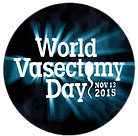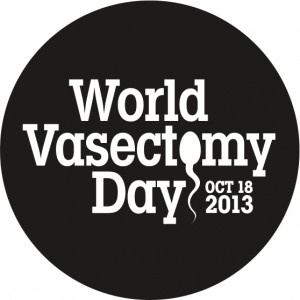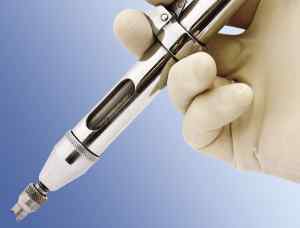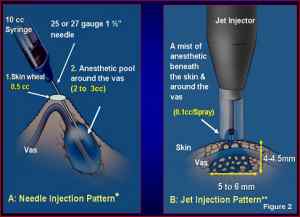While there are no laws expressly forbidding vasectomies to certain age groups, even for individuals under 18 with parental consent, federal programs providing financial aid require that recipients are at least 21 years of age and mentally capable of making that decision. Many doctors, such as myself, will not provide vasectomies for men under 21 with no children with an exception to those with specific health circumstances or those who clearly cannot raise children due to impairment. Other vasectomy providers may follow a different or more restrictive set of guidelines, as is their prerogative.
Even for those who qualify, undergoing vasectomy is a huge decision for anyone. A few considerations for men, especially those under 30, seeking a vasectomy:
While it may seem like a good idea now, you may want children in the future, especially if you are young. People can change many times throughout their lives. Even if you don’t, your partner may change and desire children someday.
Currently, vasectomy reversals can be quite effective, but the later you wait the lower the chances of success are. There is technology that could potentially change this in the near future, but for the time being, it’s no guarantee a reversal will successful after a long period of time, which is often the case for young men who receive vasectomies.
Lots of relationships end. The “over 50% of marriages end in divorce” statistic is inflated due to serial divorcers, but in the end many relationships are a gamble. When a relationship ends and you find a new partner, you may find yourself wanting children once again.
Despite the existence of vasectomy reversals, vasectomies should be considered permanent as the success of a reversal is not guaranteed.
Young men should consider Sperm Storage, and very young men should discuss your decision with your parents. You’re legally an adult, yes, but they helped you get there.
 It might seem odd to dedicate an entire day to vasectomies, but for Dr. Shu and the other 1,200 doctors participating in World Vasectomy Day on November 17, it’s an important event that spreads awareness on the most effective but underutilized methods of contraception: the vasectomy.
It might seem odd to dedicate an entire day to vasectomies, but for Dr. Shu and the other 1,200 doctors participating in World Vasectomy Day on November 17, it’s an important event that spreads awareness on the most effective but underutilized methods of contraception: the vasectomy.
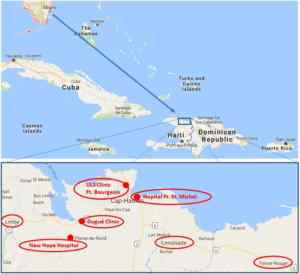
















 NSVI group after lectures at Southwestern University[/caption]
NSVI group after lectures at Southwestern University[/caption]
